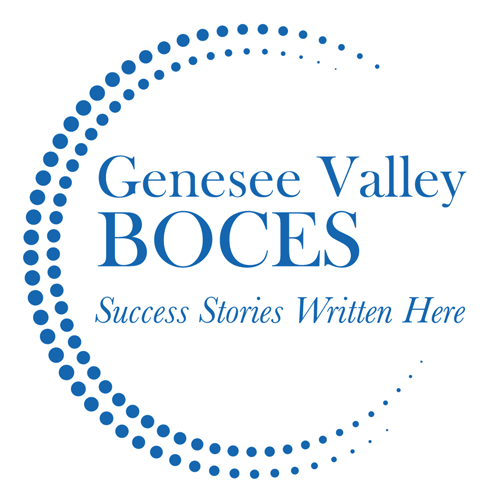In late summer 2015, as I prepared for my third-year teaching eighth-grade social studies in rural Western New York, I balanced many of the challenges that young teachers do: coaching, building curriculum, and searching for more meaningful ways to teach content. While my first two years had gone well, something was missing. The routine of covering material felt stagnant. Were my students truly doing history?
That’s when I encountered the Inquiry Design Model (IDM) through a BOCES workshop on the C3 Framework. Initially skeptical—especially with concerns that social studies was moving too far into a skills-only model—I soon realized IDM offered a powerful blend of both knowledge and disciplinary thinking. As Grant, Swan, and Lee (2023) emphasize, “Good teaching focuses on both” because “skills and knowledge have little value in isolation” (p. 59). That concept changed my practice. My initial thoughts couldn’t have been more wrong, and I’ve never looked back.
I began restructuring units around compelling questions and primary sources. The shift was immediate. Students weren’t just learning about the past—they were engaging with it. As my mentor, Dr. Michael Oberg always reminded me, “All good historical scholarship starts with a question.”
Fast forward to 2024: I now support educators across more than twenty districts through Genesee Valley BOCES. Yet even in this new role, IDM remains the bedrock of my work. In a grading calibration session, I shared that we were launching a regional Holocaust Educator Network (HEN), funded by a local synagogue that had recently closed. I’ve long had a passion for teaching difficult histories, but what I didn’t know was that someone else in the room shared that same passion—specifically, for the Armenian Genocide.
That’s when Tara raised her hand.
Tara
That moment marked the beginning of a partnership that has grown into something powerful. Today, we work together not only through HEN but also in building regional professional development focused on the Armenian Genocide. I’ve always defined myself as a human rights educator, centering that theme throughout my 23 years of teaching. My classrooms have welcomed survivors of the Holocaust, the Rwandan and Cambodian genocides, and Lost Boys of Sudan. Their stories brought history to life for my students.
To deepen my own learning, I’ve sought out high-quality professional development, including becoming a U.S.
Holocaust Memorial Museum Teacher Fellow in 2019. In 2024, I had the incredible opportunity to travel to Armenia through the Genocide Education Project. It was one of the most impactful learning experiences of my life. Surrounded by a legacy of survival and ongoing threat, I saw firsthand that in Armenia, the past truly is the present. One moment especially stood out—at the Armenian Genocide Museum-Institute, presenter Regina Galustyan looked us in the eyes and said her life depended on us returning home and sharing what we had learned.
That moment became a mandate. I knew I had to bring this learning back—and translate it into something powerful for other educators and their students.
Nick
Tara’s experience shaped the inquiry we eventually developed together:
How do individuals and communities keep the memory of traumatic events alive across generations? Why should we?
This compelling question offers students a meaningful entry point into understanding historical memory, with the Armenian Genocide as a central case study. Genocide education demands more than coverage—it requires curiosity, empathy, and evidence-based reasoning. IDM creates a space where students can ask hard questions, engage with difficult sources, and construct thoughtful responses grounded in inquiry.
Our first supporting question focuses on genocide denial, helping students examine and counter misinformation with strong evidence. The next two questions explore the Armenian people’s continued efforts for global recognition and historical preservation—bringing in the reality of contemporary threats facing the Armenian nation today.
Tara
We intentionally built this IDM to reflect complexity. The sources are varied—archival documents, first-person testimony, media coverage, and even social media from my trip. We also kept the sources long and authentic so educators can adapt them to their classroom needs. When studying genocide, narratives are not a monolith. There are diverse voices and contested histories. We wanted students to experience that complexity and learn to navigate it with care and skill.
The culminating task asks students to act as museum curators, pitching an Armenian Genocide exhibit to a supervisor. In an optional extension, students investigate how remembrance functions in their own communities—whether through monuments, local history, or oral tradition. These activities position students as researchers, historians, and advocates.
Nick & Tara
We hope you consider using this IDM to help students explore the Armenian people’s story and the universal importance of remembrance. This work matters—not just for the past, but for today.
We also encourage you to approach inquiry as a collaborative act. Our partnership grew from a shared passion and evolved into something that now impacts our whole region. Teaching hard history doesn’t have to be isolating. With the right people, it becomes energizing—and can lead to meaningful change, student empowerment, and professional renewal.
This IDM is available for use and adaptation. We invite you to bring it into your classroom, share it with colleagues, and, most importantly, let your students ask the hard questions. Because in today’s climate, inquiry isn’t just a strategy—it’s a necessity.

